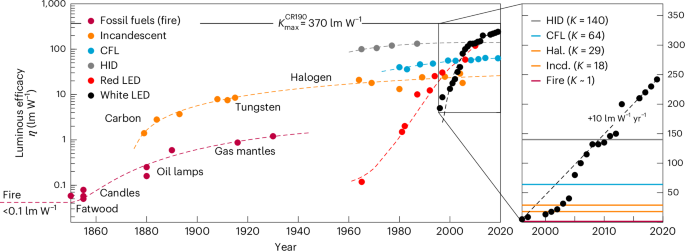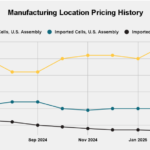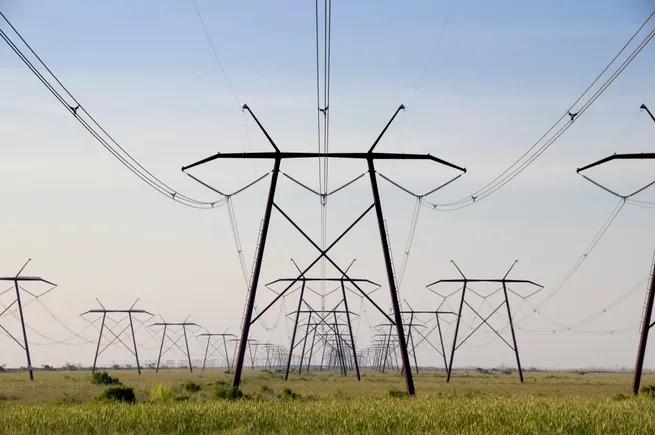How do bonded warehouses work?
Tariffs can take a toll on the bottom line. Bonded warehouses help combat that. The post How do bonded warehouses work? appeared first on FreightWaves.

In an era of global uncertainty regarding international trade policies and escalating tariffs, businesses are increasingly exploring creative solutions to manage costs and maintain competitiveness.
A solution gaining traction is the use of customs bonded warehouses. These specialized facilities offer importers a way to defer import taxes, which could potentially reduce their tariff obligations.
But how exactly do bonded warehouses work?
According to the U.S. Customs and Border Protection office, “A Customs bonded warehouse is a building or other secured area in which imported dutiable merchandise may be stored, manipulated, or undergo manufacturing operations without payment of duty for up to 5 years from the date of importation. Upon entry of the goods into the warehouse, the warehouse proprietor incurs liability for the goods under a warehouse bond.”
Simply put, these warehouses are where imported goods can be stored without immediately paying duties or tariffs. This arrangement gives importers more control over when, and if, they pay those tariffs.
This liability is generally cancelled when the merchandise is: exported; withdrawn for supplies to a vessel or aircraft, destroyed under U.S. Customs and Border Protection supervisions; withdrawn for consumption within the United States after payment of duty.
Andrew Wallen, ITF Group Director of Distribution said in an interview with FreightWaves, “essentially, when you put goods in bonded warehouses. You’re delaying tariffs in a way. If you’re putting them into a bonded warehouse today, you’re not paying your tariffs now, but if you start pulling out goods out of it right now, you’re able to pull out small quantities and still service your customers and pay tariffs as you’re pulling them out.”
This flexibility can be particularly valuable for businesses facing cash flow challenges or uncertain market conditions. Rather than paying a large tariff bill upfront for an entire shipment, companies can strategically release goods from the bonded warehouse as needed, paying tariffs only on the portion they’re ready to sell or use.
However, using a bonded warehouse isn’t without risks. The tariff rate applied is based on the date goods leave the warehouse, not when they entered the country. “It’s kind of a gamble,” Wallen says. “People that are already putting goods in bonded warehouses that were protecting themselves or didn’t want to pay tariffs, wanted to protect their cash flow. Tariffs were at 30% but now they went to 145%. Importers are paying 145% as they’re pulling those goods out of the warehouses.”
This means if tariff rates increase while goods are in storage, importers could end up paying more than they initially anticipated. Conversely, if rates decrease, they could realize significant savings. It’s a calculated risk that requires careful market analysis and forecasting.
Goods can typically be stored in a bonded warehouse for up to five years, providing ample time for businesses to adapt to changing market conditions or wait out temporary trade disputes. However, this extended storage comes at a cost. Bonded warehouses generally charge higher rates than traditional storage facilities due to the additional compliance requirements and security measures involved.
“You’re going to end up paying a higher rate just because of all the service fees, the compliance, the complexity of it, all the things the warehouse man has to do to be compliant with the government,” explains Wallen. These additional costs need to be factored into any decision to use a bonded warehouse as a tariff mitigation strategy.
The types of goods most commonly seen in bonded warehouses tend to be those with longer shelf lives or seasonal demand patterns. “I would think you would see more goods that are, you know, maybe apparel,” suggests Wallen. “Sometimes you’ll see some seasonality, and with it, maybe things that are made for Christmas or labeled for Christmas, or toys that are labeled for Christmas so they know they’re not going to sell until those months start getting closer.”
For businesses considering using a bonded warehouse, proper documentation and coordination with freight forwarders are crucial. The process of directing goods to a bonded warehouse needs to be initiated before the shipment arrives in the U.S. to avoid complications and potential delays.
As global trade tensions persist and tariff policies remain in flux, interest in bonded warehouses has grown. “I think the longer this [trade war] has gone we’ve seen higher interest in bonded warehousing,” notes Wallen.
While customs bonded warehouses can offer a valuable tool for managing tariff exposure, they are not a one-size-fits-all solution. Businesses must carefully weigh the potential benefits against the additional costs and complexities involved. Factors such as the nature of the goods, expected storage duration, market forecasts, and overall supply chain strategy all play a role in determining whether a bonded warehouse is the right choice.
In an increasingly uncertain global trade environment, staying informed about options like bonded warehouses can give businesses a competitive edge. By understanding and strategically utilizing these tools, companies can better position themselves to weather trade disputes, manage cash flow, and maintain flexibility in their supply chains.
The post How do bonded warehouses work? appeared first on FreightWaves.





















































































































































